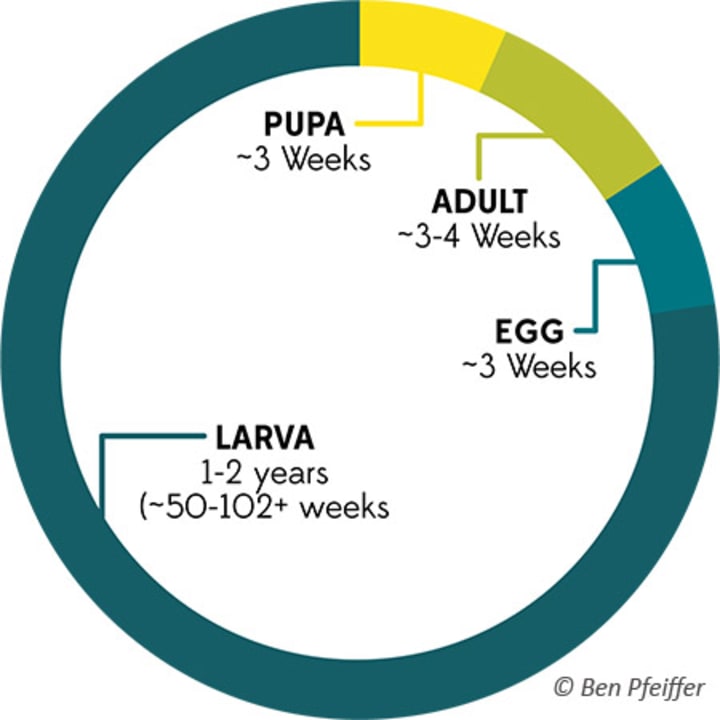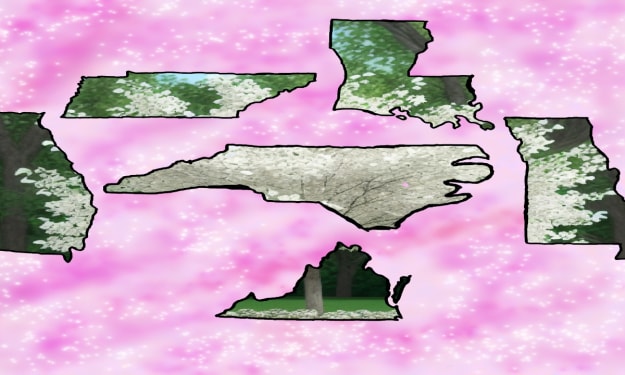
Have you looked around at night lately and noticed there doesn’t seem to be as many twinkling lights in the grasses and treelines like there used to be when we were kids? Well scientists believe this is due to the population of fireflies slowly dwindling to the point of several species potentially going extinct. In the past, we haven’t kept as good of a track on firefly populations as we do with other insects such as the bees so it’s hard to push for legislation in protection of the fireflies until we gather more concrete proof that they are dwindling in population size. To date, there are no protected firefly species and none have been listed as endangered.
Why are Fireflies So Important?
Fireflies help to keep the local ecosystems of snails, earthworms, and even slugs in balance. So much so that Asia is even looking to introduce a population of fireflies to aid in their pest, the apple snail terrorizing local cash crops such as rice. Fireflies hold a major importance to our medical field as they produce helpful chemicals luciferase and luciferin that react with ATP presence. By injecting these chemicals into diseased cells, they can detect changes. This research is even helping with disease research for cancer and muscular dystrophy. Without these wonderful insects our nights are going to be a lot darker and the medical field will suffer as well.
How Did This Happen?
While it may feel like this disappearance of fireflies came out of nowhere, it certainly didn’t happen overnight. As in a lot of cases, human development has affected even the fireflies. With our ever expanding population, the amount of places that fireflies can live are dwindling as they prefer fields and forests or warm, humid water sources. Oftentimes they will lay their eggs in the forest’s natural litter (leaves, sticks/fallen branches, etc.). Everyone is so caught up in having these absolute pristine yards and it’s damaging populations of insects all over the place because the animals and insects that help the world continue are losing their homes.
Pesticides are another big issue as we continually spray our crops with large doses of chemicals while also spraying our yards for mosquitoes. There are many natural bug killers that can be used as well as helpful plants to grow to keep the critters at bay. Lavender is a great plant to keep around for mosquitoes as well as inviting a bat colony to live nearby by putting up bat boxes. Worried about your landlord or HOA? No problem! Bats are federally protected so once you put it up, it’s illegal to have it taken down. Solve nature’s problems with more nature and the world will be a better place!

Fireflies spend most of their time as a larva (anywhere between 1 and 2 years), but only a very short 3 to 4 weeks as an adult in which they can continue to reproduce and further future generations. Because fireflies communicate via their bum-lights, sometimes synching up with thousands at a time, the amount of light pollution the world has created is severely disrupting this signal flashing as well as their circadian rhythm of day and night since some cities never truly “sleep” anymore. Studies have shown that fireflies can become disoriented for several minutes after a car passes due to the lighting and with so many yards and cities going to fully lit nights, some fireflies don’t signal as long as they used to or some even at all.
How can I help?

For starters, you can help record sightings of fireflies to help track their populations by downloading the iNaturalist app from your App Store or Google Play for free! You can submit a photo of the dorsal (back), ventral (underside), and side of the insect to help accurately ID the firefly. Got kids? Get their help to catch them like we did when we were kids; it’ll be a terrific bonding and learning experience. If possible, record their flashing as well as what color it was. Other helpful things to note are the time and date, location, and any description of the habitat you found it by.
For a small fee of $45, you can be the envy of the neighborhood and become a certified firefly habitat. They’ll send you a downloadable certification guide to complete the necessary steps as well as a 9” x 12”, made in the USA, sign made from recycled aluminum. Don’t have the money for that, but still want to help? No problem! You can still make steps towards giving these bright friends a place to stay. Stop using so many pesticides in your yard and for your crops. Let natural litter like leaves and pine needles stay on the ground; these will bring slugs, snails, and worms to your yard therefore feeding the fireflies while also giving them a place to lay their young. Bags of wet leaf compost in a shady spot will also help. Plant native trees, create a water source, and please stop over-mowing your yards.
“Weeds are flowers too once you get to know them” ~Eeyore
To solve the light pollution issue, switch outdoor lights to a dimmer bulb or ones with an amber, yellow, or even red bulb to limit the amount of interference. You can even try petitioning your local government to do the same to the street lights in your area.
There are so many amazing things that you can do to help out these beautiful creatures and I do hope that you can find ways to help on your own. I hope you had as much fun learning about fireflies as I have. Stay safe and remember, it’s never too late to learn something new!
About the Creator
Cheyenne Harbison
I am 25 years old and living in NC. I've always loved writing about various topics that interest me and sharing with people. For updates on new releases, find me on Instagram at daisydragonflower. Enjoy my work!






Comments
There are no comments for this story
Be the first to respond and start the conversation.